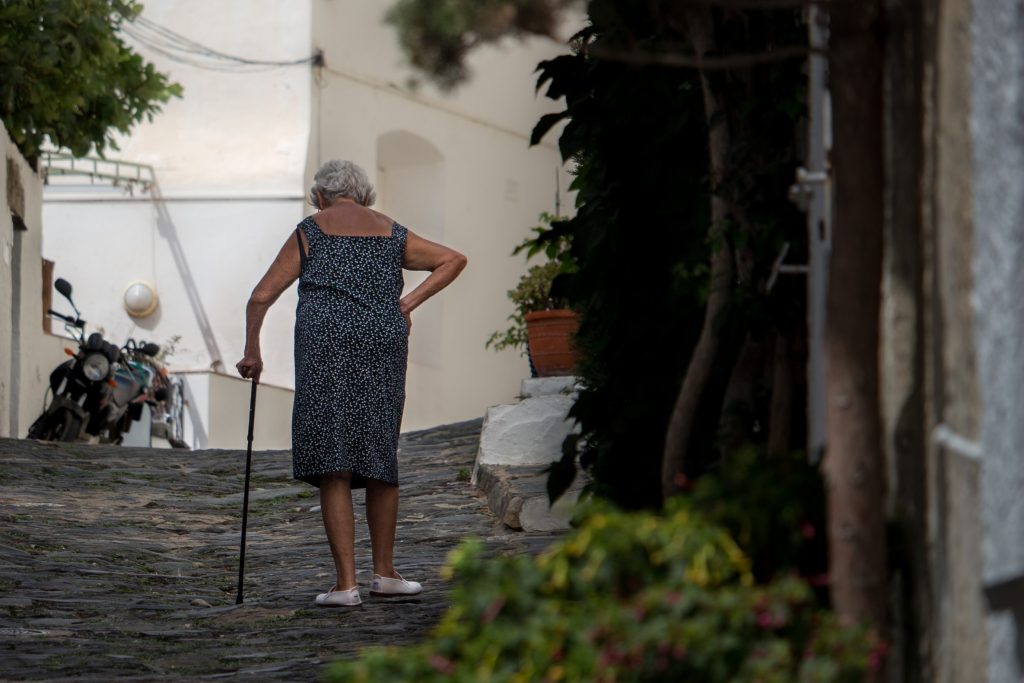
Walking Aids
December 16, 2021

How Do Walking Aids Work?
The walking aids are also called ambulatory assistive devices. Along with devices, a walking aid is yet another essential tool for helping and assisting the patient recover easily from a stroke. It helps them towards improvement in walking, balancing and also mobilizing independently. Also, it helps in the easy transfer of body weight from the upper part of limbs to the ground levels. Mainly for stroke patients, the objective remains shifting of weight from the upper limb to facilitate easy walk and balance.
Walking Aid Prescription
Since walking aids are a mandatory tool for patients, they still come with their own set of challenges and advantages for patients. A study conducted in the year 2005 claimed these tools are good for keeping balance and stable mobility. Still, these have taken to interfere in the balance pattern of the patient as well. The effectiveness of walking aids mostly depends upon their designs and also the practical guidelines.
Selecting The Right Walking Aid:
A stroke patient should not, as such, go to the market and buy any walking aid; they need to consult a proper therapist or physiotherapist for that matter. The selection of the right walking aid depends upon the balance, gait, cardiovascular, cognition, neurological and musculoskeletal makeup and systems of the patients. Thus, a walker used by one patient cannot always be a good choice for any other patient. It is good to get the proper assessment from a medical practitioner.
There also comes the element of perception as far as using walking aid is concerned. Therapists are also aware that patients might compromise and get up their independence towards using such aids. They might also feel dependent upon these walking aids and think fragile. The therapist’s aim should be to find a balance between motivation, encouragement and safety aspects of the patients.
Finally, regular follow-up is essential to check the impact of walking aid towards improvement in the patient’s health. You need to see if it is making the patient dependent or independent. Sometimes, patients completely become dependent on aids and their health is not improved.
Walking Aid vs Body Weight
The prescription of the walking aid is also dependent upon the overall weight of the patient and also on the weight-bearing body part. Following is suggested in this regard:
- NWB, i.e., Non-Weight Bearing: In this case, weight is not put on the limb that is required to be improved
- FWB, i.e., Full Weight Bearing: The category comes with no restriction on the body parts. You can put all weight on the lower body with no issues
- TTWB, i.e., Toe touch weight-bearing: This way, only the weight is put on the affected toes for improving balance
- PWB; i.e., Partial Weight Bearing: Only some weight can be put on the lower portion of the limb.
There should be an emphasis on using a walker or crane for all stroke patients at home. People who don’t use this mobility aid tend to get more injuries in case they fall. The walker/cane and other elderly walking aids are good for assisting in walking and maintaining balance.